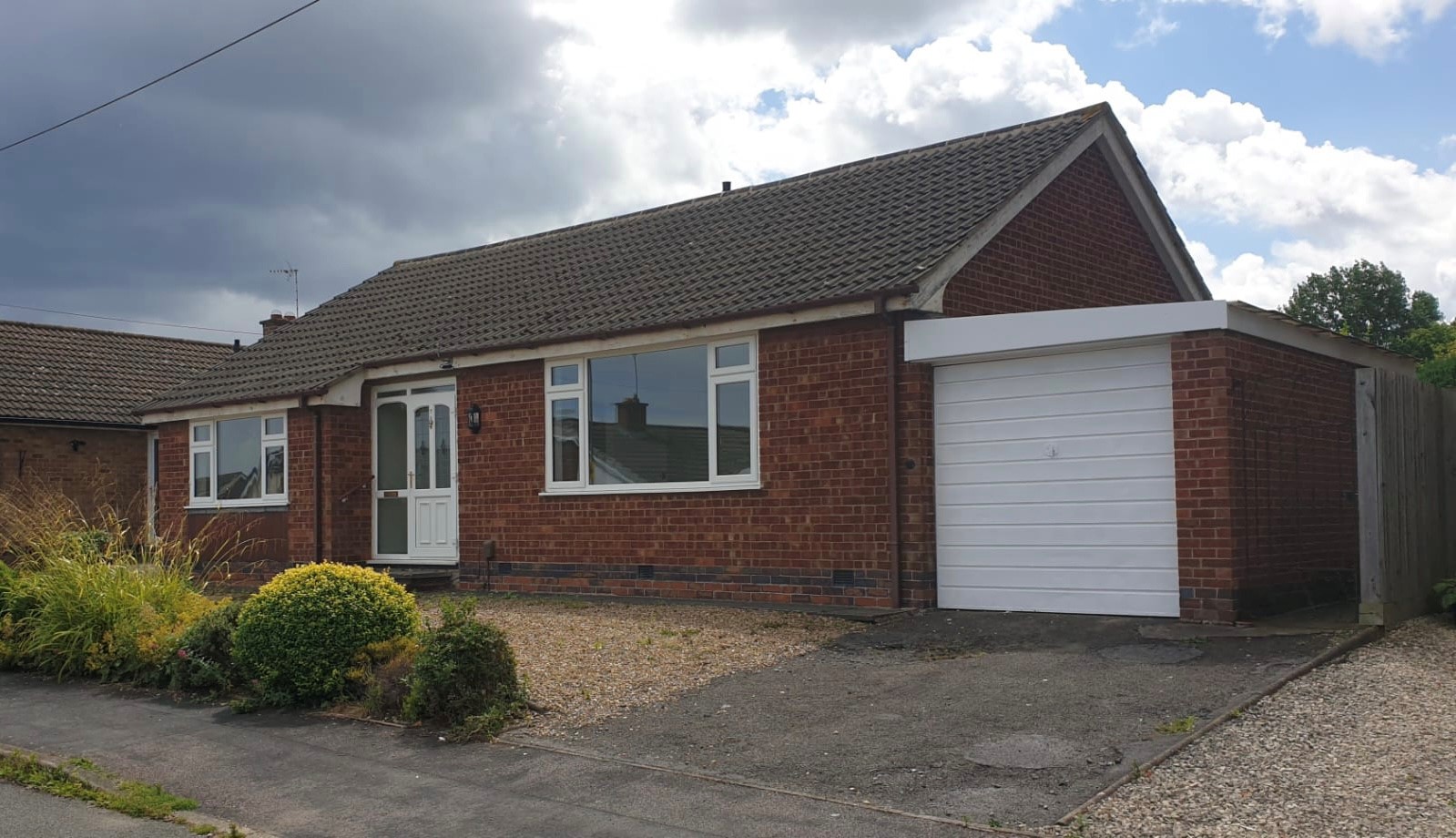Despite some rather negative projections at the end of last year concerning the future of the UK property market, estate agents have noticed that the January bounce had had even more spring than usual.
According to the Rightmove House Price Index, not only has the average price increased by nearly £6,000 on average, the biggest jump since 2020, but there are also 11 per cent more properties than at the same time last year and the buyer interest since Boxing day has been nine per cent higher than last year.
All of this is undoubtedly positive news in the short term. However, one potential reason for this buzz of activity could be an impending change to stamp duty land tax thresholds, which could lead many buyers to pay twice as much in stamp duty on 1st April than they did the day before.
Why has this been the case, and will we see a huge drop in buyer and seller interest on April Fool’s Day?
What Is Stamp Duty?
Stamp duty is a type of tax paid when buying a property, where a percentage of the precise above a certain threshold (currently £250,000) is charged extra.
For example, if you bought a property at Rightmove’s current average asking price of £366,189, you would have to pay stamp duty on the price above £250,000, which in this example would be £166,189.
The rate of tax for the house’s price above £250,000 is five per cent, which would mean that a buyer would pay five per cent of £166,189, which would be £5809.45 extra.
If you bought a house above £925,000, any amount above that million-pound threshold would be charged at ten per cent, and anything above £1.5m would be charged at 12 per cent.
For a particularly expensive example, if you bought a mansion worth £2.1m, £250,000 of that would be tax-free, the next £675,000 would be charged at five per cent (£33,750), the following £575,000 would be charged at ten per cent (£57,500) and the remaining £600,000 at 12 per cent (£72,000).
This makes the total stamp duty payable on top of other fees, taxes and expenses total £163,350.
The Inevitable Fall?
Stamp duty has been a talking point on the property market for years, most notably when then-Chancellor Rishi Sunak cut stamp duty rates to zero for any property under half a million pounds starting in mid-2020.
This catalysed the market, starting a property market boom throughout the rest of the year that was otherwise disrupted due to stay-at-home orders, and led to a further boost to the market in 2021 when the end of the reduction was announced for April 2021.
There have been falls and wobbles in the market since, particularly in September 2022, and affordability has become a serious concern with higher mortgage rates since that initial boom. It is possible that the stamp duty increase could be the catalyst to a market correction and fall, although to what degree is uncertain.
At the same time, the market has remained remarkably resilient, and what was found in 2021 was that interest in buying and selling property remained even if one of the biggest incentives was no longer there.







